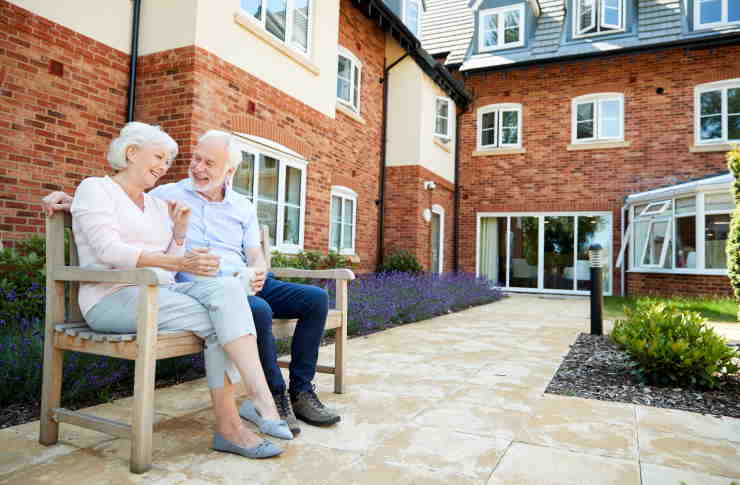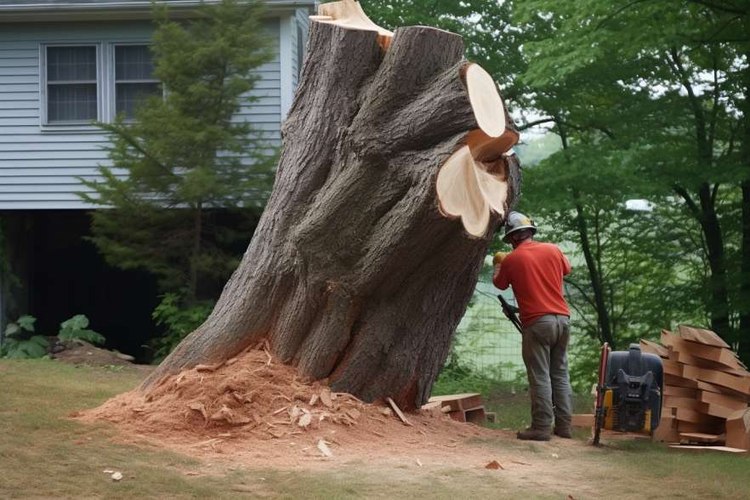Modern Retirement Villages: Creating Community, Comfort, and Fulfilling Lifestyle Experiences
Retirement villages have evolved significantly from the traditional nursing homes of the past. Today's retirement communities are vibrant hubs designed to enhance quality of life through social engagement, premium amenities, and thoughtful design. These purpose-built communities cater to active seniors seeking independence while enjoying the security and convenience of dedicated support services. As Australia's aging population grows, retirement villages have become increasingly sophisticated in their offerings, focusing on creating environments where residents can thrive physically, mentally, and socially throughout their golden years.

What Social and Recreational Opportunities Do Modern Retirement Villages Offer?
Modern retirement villages recognize the importance of active living and social engagement for seniors’ wellbeing. Most communities feature comprehensive activity calendars with options ranging from fitness classes like water aerobics, yoga, and tai chi to creative pursuits such as painting workshops, craft groups, and gardening clubs. Many villages organize regular outings to cultural events, restaurants, and shopping centers, while on-site facilities often include movie theaters, libraries, and game rooms.
Larger retirement communities may host visiting entertainers, educational speakers, and seasonal celebrations. Competitive activities like lawn bowls tournaments, golf outings, and card game championships foster friendly rivalry and camaraderie. The variety of options allows residents to continue pursuing established interests while exploring new hobbies and experiences. This abundance of activities helps combat isolation and provides meaningful ways for seniors to remain engaged and stimulated.
How Do Retirement Villages Foster Community and Meaningful Connections?
The design and operation of retirement villages deliberately facilitate social interaction and community building. Thoughtfully designed common areas serve as natural gathering spaces where residents can connect casually throughout their day. Many communities employ dedicated lifestyle coordinators who organize events, welcome newcomers, and help integrate residents into the social fabric of the village.
Community meals play a significant role in creating connections, with many villages offering regular communal dining experiences from casual barbecues to formal dinners. Resident committees give seniors agency in planning activities and addressing community concerns, fostering ownership and belonging. Intergenerational programs that bring in children or young adults for shared activities add dimension to community life.
The proximity of neighbors at similar life stages creates natural opportunities for friendship and mutual support. These connections often extend beyond organized activities into spontaneous gatherings, carpooling arrangements, and genuine friendships that combat loneliness and create support networks crucial during retirement years.
What Lifestyle Amenities and Services Are Commonly Offered in Contemporary Retirement Communities?
Today’s retirement villages compete on the quality and breadth of their amenities and services. Premium communities often feature resort-style facilities including indoor and outdoor swimming pools, fully equipped gymnasiums, tennis courts, bowling greens, and landscaped walking paths. Wellness centers providing physiotherapy, massage, and other health services are increasingly common.
Practical services have expanded beyond basic maintenance to include transportation services, concierge assistance, and housekeeping options. Many communities incorporate on-site dining options ranging from casual cafés to formal restaurants. Hair salons, beauty services, convenience stores, and banking facilities eliminate the need for frequent trips outside the village.
Technology integration has become a priority, with high-speed internet, smart home features, and digital communication systems keeping residents connected to family, friends, and the broader community. Some forward-thinking villages even provide creative spaces like woodworking shops, art studios, and community gardens where residents can pursue passions and share skills with neighbors.
How Do Safety Features and Accessibility Enhance Resident Comfort and Independence?
Retirement villages implement numerous safety and accessibility features that allow seniors to maintain independence while minimizing risks. Physical design elements include wide doorways accommodating mobility aids, step-free entrances, grab bars in bathrooms, non-slip flooring, and emergency call systems within each residence. Outdoor areas feature well-lit, level pathways with strategically placed seating areas for rest.
Security measures typically include 24-hour staffing, monitored entries, secure parking, and emergency response systems. Some communities utilize wearable alert devices that residents can activate to summon help instantly. The peace of mind these features provide benefits both residents and their families.
Healthcare access represents another critical component, with many villages offering stepped care options as needs change. These may include visiting health professionals, on-site nursing support, medication management assistance, and transport to medical appointments. This graduated approach to care allows residents to remain in their chosen community even as their needs evolve.
What Key Considerations Should Guide Your Selection of a Retirement Village?
Selecting the right retirement village requires careful assessment of both current needs and potential future requirements. Location should be evaluated not only for climate and scenery but proximity to family, friends, familiar healthcare providers, and valued community connections. The financial structure demands thorough investigation, including entry fees, ongoing costs, exit fees, and how these might affect pension eligibility or estate planning.
The governance model and resident involvement opportunities differ significantly between villages. Some offer residents substantial input through committees and regular forums, while others operate with minimal resident participation in decision-making processes. Understanding this dynamic helps determine if the community’s approach aligns with personal preferences.
Contract terms warrant particularly close scrutiny. These complex documents outline important details about what happens if care needs increase, how maintenance responsibilities are divided, what happens in case of prolonged hospitalization, and terms for leaving the village or selling the unit. Having a legal professional review these documents before signing is strongly recommended.
Pricing and Financial Considerations When Choosing a Retirement Village
Retirement village costs vary significantly based on location, amenities, and care levels. Entry fees typically range from $300,000 to over $1 million for premium locations, with ongoing monthly fees between $400-$1,500 covering services and maintenance. Understanding fee structures is crucial as they impact long-term affordability.
| Retirement Village Type | Typical Entry Fee Range | Monthly Fees | Special Considerations |
|---|---|---|---|
| Independent Living | $300,000-$700,000 | $400-$800 | Lower ongoing costs but fewer services |
| Serviced Apartments | $400,000-$900,000 | $600-$1,200 | Includes meals, housekeeping |
| Luxury Communities | $700,000-$1,500,000+ | $900-$1,500+ | Premium amenities, locations |
| Rental Model | $0-$50,000 bond | $1,800-$3,000 | No large upfront payment |
| Life Care Communities | $500,000-$1,200,000 | $1,000-$2,500 | Includes future care guarantees |
Prices, rates, or cost estimates mentioned in this article are based on the latest available information but may change over time. Independent research is advised before making financial decisions.
When evaluating financial models, consider whether the community uses a deferred management fee model, a loan-license arrangement, or outright purchase. Each has different implications for refunds when departing the village. Additionally, factor in potential increases to monthly fees, special levies for major repairs, and whether fees continue during temporary absences. A financial advisor specializing in retirement planning can provide personalized guidance tailored to individual circumstances.
Modern retirement villages offer compelling lifestyle benefits for seniors seeking community, security, and convenience. By carefully evaluating the social opportunities, amenities, safety features, and financial arrangements, prospective residents can find communities that truly enhance their retirement experience and provide peace of mind for the years ahead.




